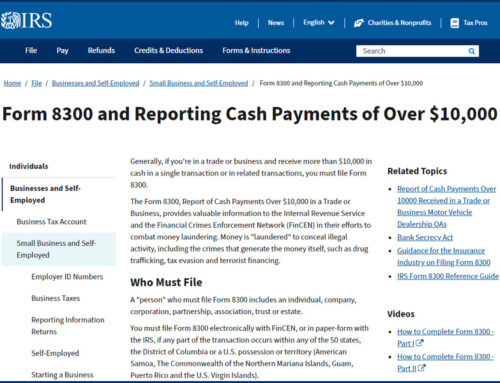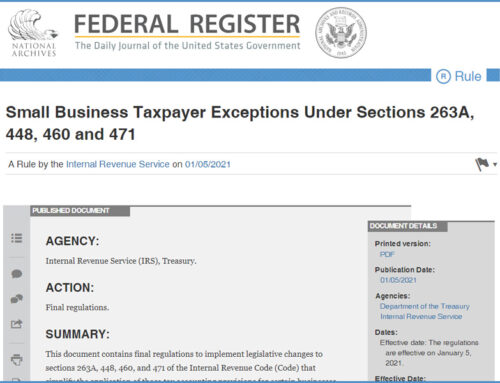Let’s remember why the issue of special tax reporting even is an issue for the legal Cannabis industry. As long as cannabis is a Schedule I drug, then 280E will be in place for the industry. While this poses many challenges for a cannabusiness, would you really want to have serious drugs with the ability to have normal tax reporting?
With that in mind, let’s review the nuts and bolts of the impact of 280E on your accounting world.
The Vertical Segments
It is important to lay the groundwork and background of the industry, as there are varying rules for each vertical.
The vertical segments of the industry are:
- Cultivation – growing the product
- Manufacturing – the creation of the products for selling
- Distribution – this would be called the wholesale part of the supply chain in other industries
- Retail – in this industry, the stores are called dispensaries, both for medical and recreational products.
In each vertical segment of the industry – does the business “sell” stuff or “Make” stuff?
- Cultivation – grow/make
- Manufacturing – make
- Distribution – sell
- Retail –sell
If you “sell” products there are very tight restrictions on deductions.
If you “make” or “grow” products there are more opportunities for deductible items.
The Horizontal Segments
- The horizontal segments for the industry are:
- METRC – this is the state-mandated reporting system.
- Cannabis software, “seed to sale”
- Accounting software
- Income tax software
Tax and reporting requirements are:
- Sales tax – state reporting through the CDTFA
- Cultivation tax – state reporting to CDTFA
- Excise tax – state reporting to CDTFA
- Volume of products or items that move through the system – state reporting to METRC
- Municipal reporting – generally to a City
METRC is a system which California has selected to use. It currently has eighteen reporting points. These may or may not be applicable to each business, based upon the type of business the operator has.
Financial Statements
The construction of the financial statements.
There are two primary parts to the financial statements, the balance sheet and the P&L.
Income tax is calculated from the P&L, not the balance sheet.
The P&L has some grouping that uniform within the accounting profession.
- Gross revenue or Sales
- Cost of goods sold
- Gross Margin which is a major calculation (sales less cost of goods sold)
- General, sales and administrative expenses
- Net income which is another calculation
Entity Formation
The common entity types and how they are taxed are:
- Sole proprietorship – schedule C of Form 1040 (Individual income tax return)
- Partnership – Form 1065
- S Corporation – Form 1120S
- C Corporation – Form 1120
- LLC – your choice based upon elections or no elections made, which may result in being taxed using any of the forms above.
Another consideration is state filing. 280E is a federal code, but for California partnerships 280E applies as well. There may be other states with similar laws.
So, if the business is formed as a California LLC, are they stuck as a partnership? No. An election can be made to elect to be taxed as a C Corporation.
Sounds complicated? It is. Wait until we take a look in our next article on how to deduct business expenses in light of 280E…
Let Andersen Cannabis CPA Tax help you sort through the weeds (pun intended).



